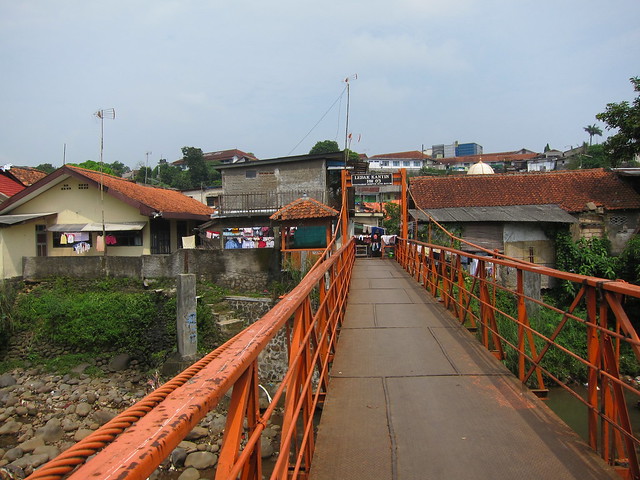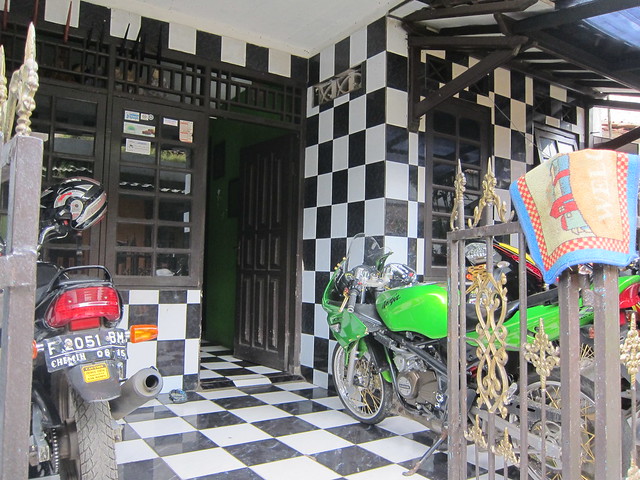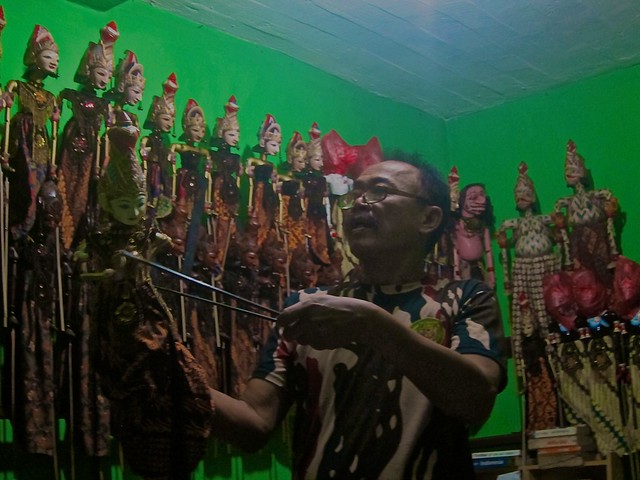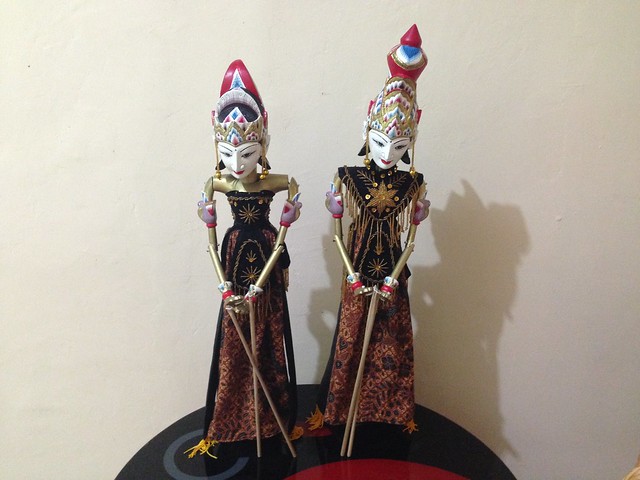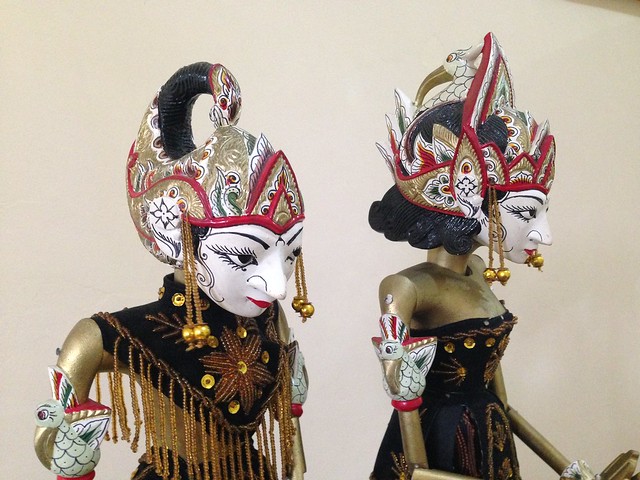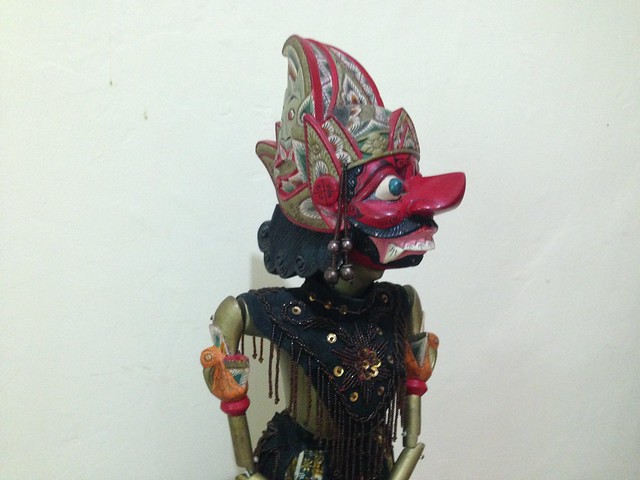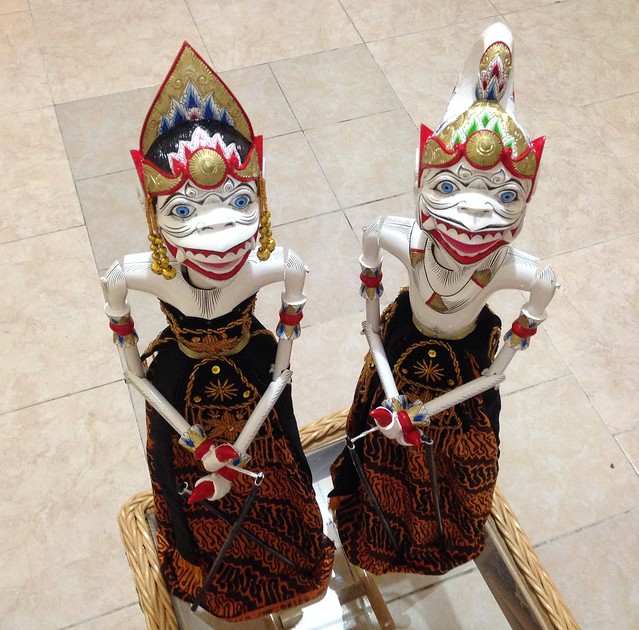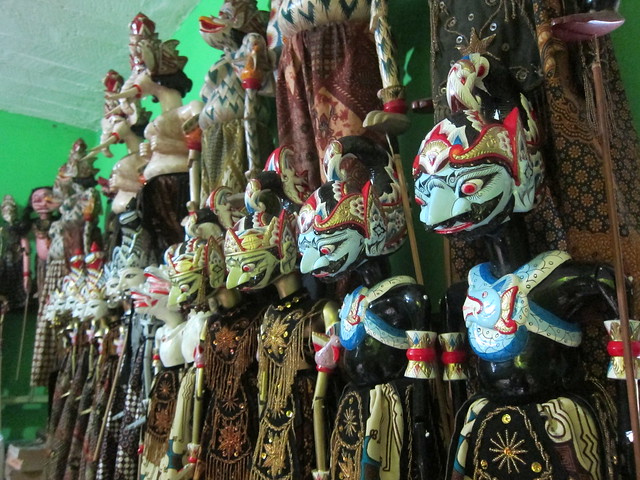 My copy of “Wuthering Heights” is not close at hand, so I had to rely on Wikipedia for this quote from Heathcliff, the spurned hero of Emily Bronte’s 19th century novel:
My copy of “Wuthering Heights” is not close at hand, so I had to rely on Wikipedia for this quote from Heathcliff, the spurned hero of Emily Bronte’s 19th century novel:
“You teach me now how cruel you’ve been — cruel and false! Why did you despise me? Why did you betray your own heart, Cathy? I have not one word of comfort. You deserve this. You have killed yourself. Yes, you may kiss me, and cry; and wring out my kisses and tears: they’ll blight you — they’ll damn you. You loved me — then what right had you to leave me? What right — answer me — for the poor fancy you felt for Linton? Because misery, and degradation, and death and nothing God or Satan could inflict would have parted us, you, of your own will, did it. I have not broken your heart — you have broken it; and in breaking it, you have broken mine. So much the worse for me, that I am strong. Do I want to live? What kind of living will it be when you — oh, God! would you like to live with your soul in the grave?”
Reading “Wuthering Heights” as a child, I assumed it was true and accurate — it was only several years later that I came to understand that it fit into the literary gothic romance genre.
The violence detailed in the book was not only directed towards women, but it was “caused” by a woman who became unattainable. Heathcliff’s behaviour, oftentimes characteristic of a jilted lover, unacceptable.
This is not revelatory. Critics have detailed many examples illustrating that Heathcliff, Rochester — the gothic hero of “Jane Eyre” created by Emily’s sister Charlotte — and Huntington, the husband in their sister Anne’s novel “The Tenant of Wildfell Hall” were abusive men.
In some ways, it appears that what was acceptable in the Victorian era is still acceptable today.
Over the past month, pouring over stories alleging that CBC radio announcer Jian Ghomeshi behaved abominably to women in his workplace and elsewhere ignited memories of some of my own former experiences from days gone by.
Much of the debate surrounding the Ghomeshi allegations has focused on the inability of women to feel safe enough to speak out. They are afraid of ruining their own reputation. The burden of silence is massive in the workplace.
Rather than risk jeopardizing my career, I will keep mum too.
I’m not sure why the 17th century expression from William Congreve’s “The Mourning Bride” lingers, transformed from “Nor Hell a Fury, like a Woman scorn’d” into modern-day parlance: “Hell hath no fury like a woman scorned”.
Arguably, evidence shows it’s often the opposite — hell hath no fury like a man scorned. And so no wonder women don’t speak up.
The other day I listened to a program on the BBC World Service about a woman in India whose father committed suicide after she was brutally gang-raped.
This week — on the International Day for the Elimination of Violence against Women, the launch of 16 Days of Activism against Gender-Based Violence — I listened to Australian Sky News presenter Tracey Spicer on CBC’s “The Current” radio program describe how she has boldly ditched make up. Another woman described how her women colleagues must wear make up at work or risk damaging their careers by being reported and written up.
As I listened, I was reminded of Joan Foster, the protagonist in Margaret Atwood’s 1976 novel “Lady Oracle” who worked for a while at the Eaton’s department store in downtown Toronto and was demoted to the underwear section from the cosmetics department because her boss saw evidence she had insomnia in the dark circles under her eyes.
[I think my memory is correct, I cannot find reference to this in Wikipedia.]
U.N. Women reports that 1 in 3 women have experienced physical or sexual violence, mostly by an intimate partner, that about 120 million girls have been forced into intercourse or other sexual acts at some point in their lives; and 133 million women and girls have undergone female genital mutilation.
Next year will mark the 20th anniversary of the 1995 Fourth World Conference on Women, during which U.N. member states adopted the Beijing Declaration and the Platform for Action, to end all forms of violence against women and girls.
Since that conference, two-thirds of countries have put laws on the books to stop domestic violence, according to U.N. Women, which extends an invitation to “Orange YOUR Neighbourhood” in a collective effort to “UNiTE to End Violence against Women”.








